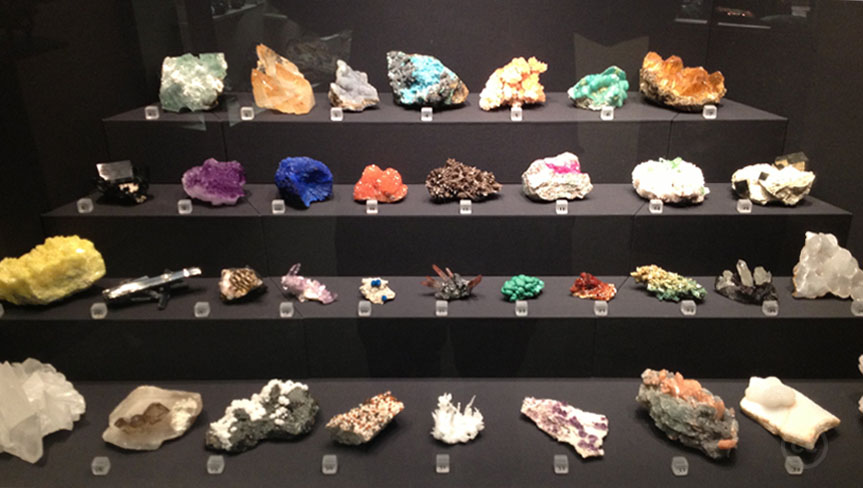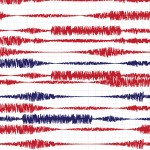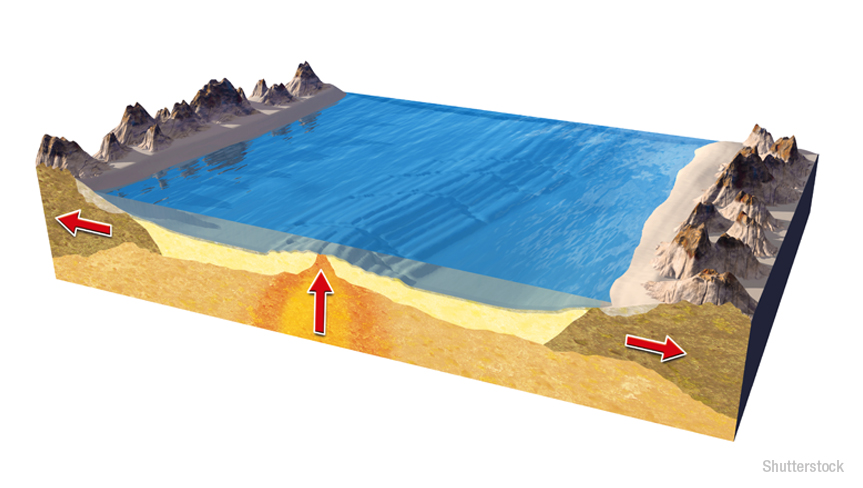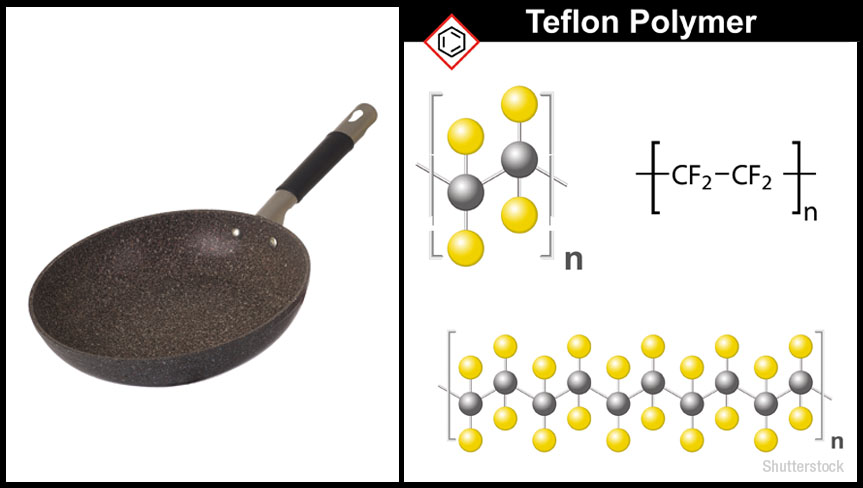
Discovering minerals
Minerals are naturally occurring inorganic substances that have specific chemical compositions and physical properties of their own. They are solid in nature and have definite crystalline structures, and are an outcome of geological processes. They can be formed by cooling of hot melting material, evaporation, or by precipitation. Their composition ranges from pure elements to complex silicates….











